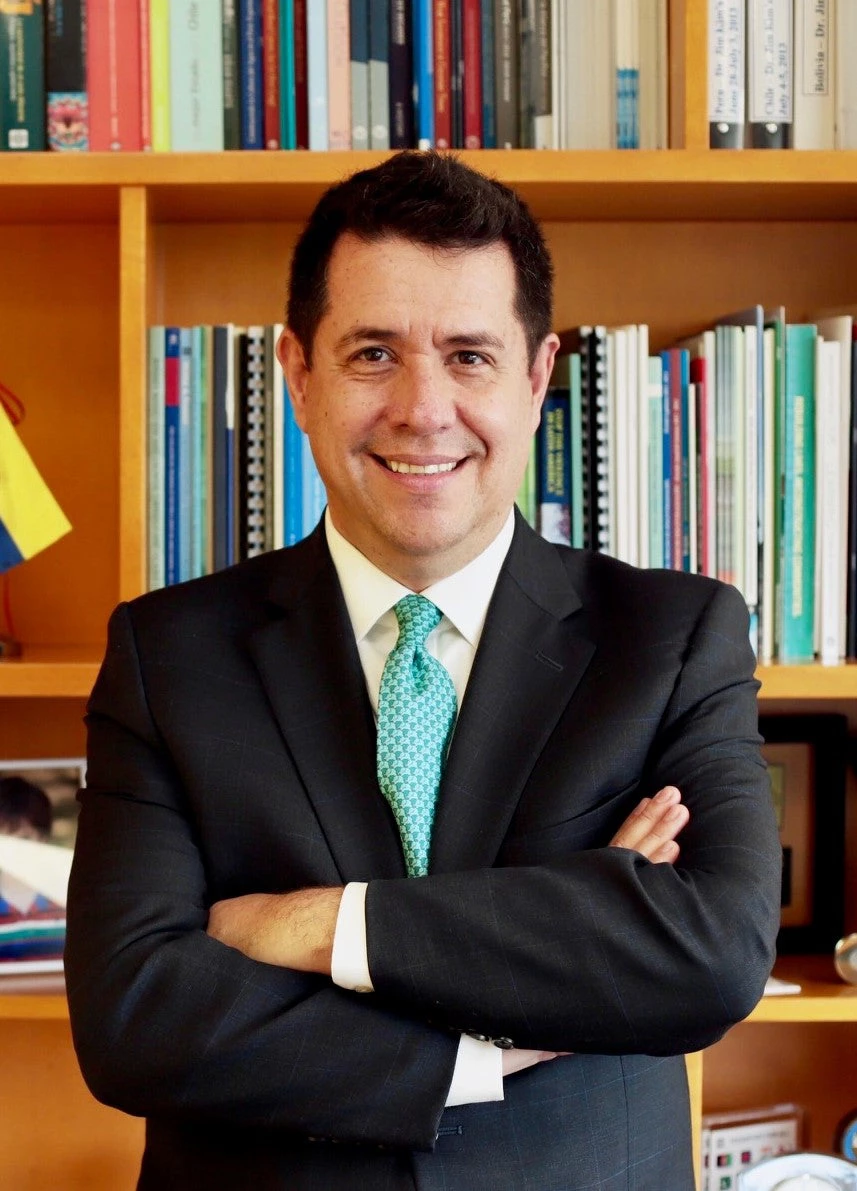
A student in a laboratory. Francisco Obreque/World Bank
On May 16, the World Bank launched the regional Youth for Sustainable Food Award. This Award arrives at a time crucial to boosting the research of young agriculture and food scientists. In light of this launch, I want to share some thoughts on the importance of promoting human capital within the region and, in particular, of creating the conditions necessary for young people to engage in scientific and technological development activities.
Latin America has underinvested in human capital, scientific development and innovation. In China, one out of two university students is involved in areas of science, technology, engineering and mathematics, while only two out of ten Latin American students are interested in these fields. Over the last few years, several World Bank Group reports have devoted considerable attention to educational gaps in comparison to other regions (for example, Ninis in Latin America, young people who neither work nor study).
At the same time, the report Entrepreneurship in Latin America, Many Firms but Little Innovation, addresses innovation gaps: according to historical data, the probability of a Latin American firm introducing a new product into the market is, on average, 20% lower than for an Eastern European or Central Asian firm. Furthermore, there is no country in our region that can even approach the level of patents presented by high-income countries.
The lack of innovation within the region can also be confirmed through international trade figures. In continuance with the comparison to China, 2013 trade statistics provided by the United Nations show that 73% of Latin American exports to China were raw materials whereas manufacture, with a degree of (albeit low) technology, reached only 6%. This data suggests that China is importing higher value-added products from Asia and not from our region.
Growth in Latin America has also slowed. Although the region has shown great progress over the last two decades, marginal increases in productivity and efficiency cost much more now than they did before. Emerging countries like Peru, which had achieved high growth rates, now show lower levels of economic growth rounding 3.3%. The commodity boom is over and the region is clearly transitioning into a new equilibrium. These are not and will not be easy years, as confirmed by the Jobs, Wages and the Latin American Slowdown report produced by the World Bank’s Regional Chief Economist in October 2015. The region’s growth forecast for this year stands at around 1% (versus 3% for Eastern Europe and Central Asia, and about 6% for China).
In order to sustain growth and profit from global markets, Latin America must increase its investment in research, development and innovation. Latin American economies have been strongly affected by the slowdown in China, a country which still offers tremendous opportunities for our nations. For example, the Chinese agriculture and food sector could be a promising field for the region as China must continue to feed 19% of the global population and a demanding middle class which will exceed 600 million by 2020. The demographic challenge is immense.
Nonetheless, for our countries to be able to compete and seize these opportunities, they must develop and apply new technologies that are on par with consumer trends. These trends value, for example, safe foods with sophisticated nutritional properties, packaged and formatted for a largely urbanized world who prefers ready-to-eat food.
Maintaining growth over the next decade will only be possible if our countries invest in today’s youth. Developing human capital and scientific capacities requires time. If we take into account the time needed to complete a tertiary education, including post graduate studies, a person requires 10 years to start producing technology. This investment is extremely important not only for public research and development institutions such as universities and research institutes, but also for firms.
It’s the private sector who will finally have to adopt new technology to add value, increase efficiency and take advantage of promising market niches. In high-income countries, the private sector invests heavily in these areas, and in the youth who can help make technological leaps. Moreover, we must not forget that many of the most innovative companies have been created and led by youth.
As part of the agenda towards sustained and inclusive growth, the World Bank Group is making an effort to promote human capital, scientific development and innovation. In the sustainable food industry in particular (as highlighted by the regional prize), the World Bank has become firmly committed to supporting innovation in countries like Peru, Bolivia and Chile.
In Bolivia for example, the National Institute of Agricultural and Forestry Innovation is finalizing a project funded by the World Bank and the Swiss and Danish bilateral development agencies, designed to strengthen scientific capacities and the creation of technologies. In conjunction with Bolivian universities, the Institute has enabled over 100 young agricultural engineering students to collaborate in the research and generation of technologies that farmers are beginning to adopt now. In order to reap productivity and competitiveness, Bolivia must continue to cultivate these young people and help them continue with their scientific training. Today’s youth will have to take center stage for the next decade as investing in them will allow us to harvest development tomorrow.


Join the Conversation